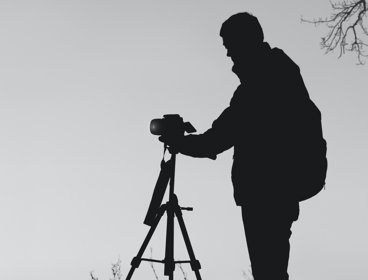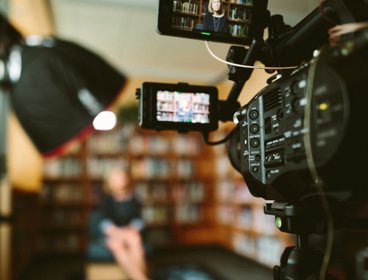By Ruth Raynor, Newcastle University
Geographers have become interested in theatre’s potential for public engagement because it offers opportunities to communicate research in live, direct, and sometimes participative and/or action orientated ways. There are a number of different approaches that can be used to communicate, develop or extend geographical research through theatre including but not limited to: forum and legislative theatre; verbatim theatre; site-responsive theatre, and community-based theatre. Sometimes these approaches intersect. Here I outline their core principles before talking through some broader practicalities for geographers interested in the benefits of theatre to communicate their research.
Forum and legislative theatre
Pioneered by Boal in 1970’s Brazil, forum theatre seeks to make forms of oppression visible on stage, and challenge audiences (named ‘spect-actors’) to intervene and play out alternatives. The related legislative theatre enables policy makers, advocates, and communities to come together with the aim of solving policy problems. Through interactive theatre performances community members identify issues and act out possible solutions. They then work with officials to transform these solutions into new laws. Participatory geographers seeking to work with communities to enact social change may be particularly interested in these approaches, which can be adapted for work with a range of stakeholders and in various institutional contexts.
Verbatim theatre
Here existing research materials, usually interview or transcripts, are curated and performed by actors on stage. Sometimes actors perform while listening live (using headphones) to a ‘real life’ recording in order to convey intonation, speech rhythm, and emotion as closely as possible to the original. This work may be particularly useful for geographers who would like to commission others to bring their research to life and in doing so target specific audiences with their work.
Site responsive theatre
Theatre does not have to be performed in a building with curtains and a proscenium arch. Sometimes it happens in other places, and in site responsive theatre the place in which theatre is performed is integral to the performance itself. This kind of work may be particularly interesting for geographers seeking to engage deeply with specific sites, knowing, representing and intervening in locality, materiality atmosphere, and emphasising the agency of non-human actors.
Community based theatre
Some geographers, including myself, have worked directly with community groups in order to co-create theatre based on participants’ lived experience. Usually this involves making fictional narratives together using methods from applied theatre, such as ‘roll on a wall’, whereby we ascertain a character’s likes and dislikes, fears, hopes, opinions motivations, and ‘6 part story’, whereby we identify key events in the life of a character. This approach is particularly useful when researching sensitive topics. This work includes research participants in the stories that are told about them, and again you can target specific audiences with this work.
Practicalities
You might wish to create a piece of theatre yourself if, like me, this was your background and training but more often geographers either collaborate to co-develop their research, or commission theatre makers to communicate their research. In a commission you are handing over your research to a theatre maker who will have creative control over the output. Collaboration involves developing a project together. It’s important to understand the difference between these two kinds of relationship, and to recognise power imbalances that can exist between theatre makers, who are often precarious or part of very small organisations, and researchers when they are based permanently at universities. Theatre-makers should be paid for their time even in early development stages; be careful not to rely on good will or accidentally demand unpaid labour by asking for guidance or advice. Work together to create a contract, be clear about who owns the intellectual property of the performance, exactly what people’s contribution will be and how they will be named in the work and related publications. Understand administrative processes including how and when artists will be paid, so that you can be upfront about this from the start, and make sure you have decided ahead of time what will happen to any profits from the performance. Bearing all of that in mind, when carefully considered theatre can provide many opportunities for both communicating and creating geographical research in lively ways that generate engaged and involved audiences.
Key points
-
There are different theatrical approaches through which you can communicate and/or develop your research.
-
Sometime audiences and even places are involved in creating a performance.
-
It is important to think carefully about the nature of your relationship with theatre makers.
How to cite
Raynor, R. (2023) Theatre. Communicating research beyond the academy. Royal Geographical Society (with IBG) Guide. Available at: https://doi.org/10.55203/WOLN8666
About this guide
There’s a long tradition of geographers communicating research ‘beyond the academy’ - to policy, to publics, to young people, to school teachers - whether to recruit students, for career development, critical praxis and activism, or requirements of funders to document ‘impact’. Ten years ago we published the Communicating Geographical Research Beyond the Academy guide. It sought to bring together and share collective experience and learning, from within and beyond the academy. Today, there’s ever more opportunities and modes and media with which to do this. While many of the points made – about audience, about access, about brevity and the use of plain English – still stand, this collection covers these already familiar issues as well as bringing new perspectives to encourage readers to reflect on motives, means and methods and to illuminate examples of good practice.




